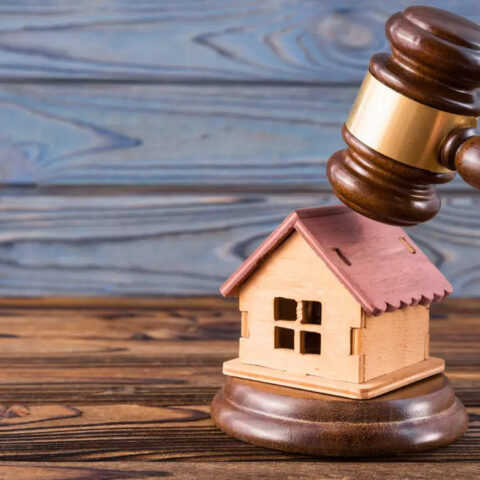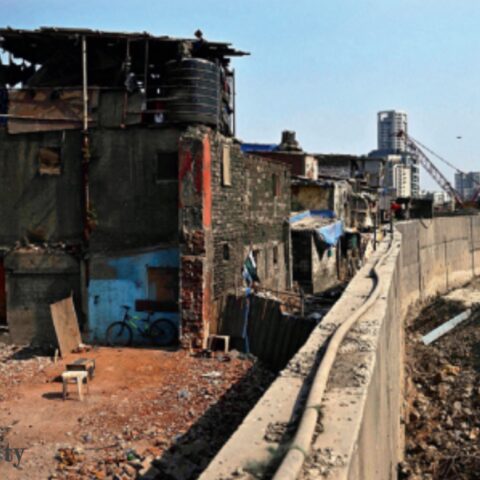GUEST SUBMISSION: On Sept. 27, the City of Edmonton unveiled its Fiscal Gap Report (FGR), a comprehensive document that sheds light on the municipality’s financial landscape from an often-overlooked perspective.
Local governments, constrained by annual budget cycles and strategic directions set by elected officials, often face challenges in long-term financial planning. The FGR, however, provides invaluable insights into the complexities of how cities are funded, addressing concerns that extend beyond Edmonton’s borders.
One might not feel inclined to dive into the 159 pages of the FGR with unbridled enthusiasm. Indeed, fewer readers still may emerge with an optimistic outlook regarding Edmonton’s financial situation.
While discussions in council chambers often focus on finding solutions to the city’s financial woes, it is crucial to pay greater attention to the underlying illness than to the symptoms.
A growing reliance on property taxes
The funding options available to local governments in Canada are notoriously limited, with property taxes being the most significant revenue source. Unlike provincial and federal governments, municipalities cannot operate at a deficit, adding further pressure to their financial frameworks.
Over the years, Edmonton has seen a notable shift in budget financing, with the share of non-tax revenues declining from 54 per cent in 2000 to a staggering 41 per cent in 2024, increasing the reliance on property taxes as the primary funding source.

https://www.edmonton.ca/city_government/budget-and-finances
This shift, illustrated in the accompanying chart, highlights both the magnitude of change and the speed at which it has occurred.
The concern extends beyond Edmonton; many municipalities are grappling with similar challenges. The reliance on a property tax-supported revenue stream has been exacerbated by a marked decline in the sustainability of self-funded services (such as parking or public transit), with COVID-19 and overarching public safety concerns often cited as culprits.
Moreover, as municipalities assume greater responsibility for local infrastructure from other levels of government — much of which requires significant capital investment — financial strains intensify.
Local governments are now tasked with delivering more and better services, yet many revenue sources fall short of cost-recovery expectations.
A chart from the City of Calgary’s 2023 FGR illustrates how the stability and growth of property taxes outshine other tax mechanisms. With limited funding alternatives, it’s no surprise that property taxes are increasingly viewed as a necessary lifeline.

https://www.calgary.ca/our-finances/financial-task-force.html
The increasing property tax burden
The total level of property taxation reflects both the scope of services expected from local governments and the growth of the taxable base upon which it is levied.
As the below chart illustrates, GDP growth in Alberta is strongly correlated to real property tax growth over the same period. As the economy grows, so to do the services required of our local governments, and in turn property taxes move in lockstep.

https://www.calgary.ca/our-finances/financial-task-force.html
The Edmonton FGR reveals the proportion of total taxes paid which is attributable to property tax liability has significantly increased from 2000 to 2021, surpassing both the goods and services tax (GST) and employment insurance premiums in the process.

https://www.edmonton.ca/city_government/budget-and-finances
When taxes take up a larger share of income, they become more noticeable. Local taxes, in particular, feel more personal, leading citizens to react more strongly to changes.
For instance, a delay in garbage pickup is likely to be more immediately felt than a delay in a federal procurement contract. This heightened public awareness translates into greater scrutiny and expectations regarding the value of services provided.
As self-funded revenue sources fail to keep pace with operational costs, property taxes increasingly fill the gap — shifting the burden from direct users of services (like transit fares) to the broader tax base, which includes many who do not utilize these services.
Losing ground to the “bedroom communities”
Perhaps the most telling revelation in the Edmonton FGR is the city’s declining competitiveness in attracting non-residential development compared to neighbouring municipalities. Traditionally, major cities drew residents, businesses, and tax revenues from surrounding areas, with smaller towns labelled as “bedroom communities” because of their residential focus and limited non-residential assets.
In the aftermath of the COVID-19 pandemic, public safety considerations and housing availability/affordability concerns, the landscape has changed.

https://www.edmonton.ca/city_government/budget-and-finances
Since 2015, the real growth per capita in the non-residential sector in Edmonton has declined (above), and the percentage share of the total non-residential assessment base for the Greater Edmonton Area has fallen from a record high 72 per cent in 2008–2009 to 60 per cent in 2022 (below). The City of Edmonton is losing its competitive advantage as a destination for non-residential development.

https://www.edmonton.ca/city_government/budget-and-finances
As property tax reliance grows amid stagnating non-residential development, Edmonton risks entering a taxation death spiral.
Although property tax growth aligns with provincial GDP trends, the municipal landscape reveals a different story, with Edmonton losing ground. When the demands for property tax revenue outstrip the growth of the assessment base, tax liabilities inevitably rise.

https://www.edmonton.ca/city_government/budget-and-finances
The data above illustrates that non-residential property tax rates in Edmonton are not only increasing but are diverging significantly from neighbouring jurisdictions. This shift raises concerns as developers and businesses begin to favor surrounding areas over Edmonton.
With this knowledge as background, it is little wonder that developers, owners, and businesses are turning “bedroom communities” into “warehouse communities.”
Conclusion: A call to action for municipalities
Edmonton’s challenges are not unique; they serve as a cautionary tale for municipalities across Canada. The Edmonton FGR highlights the risks of a reliance on property taxes, the increasing scrutiny from taxpayers regarding how their dollars are spent, and the erosion of fundamental growth drivers supporting the financial framework.
This data is the canary in the coal mine.
Understanding how we fund our cities, the historical context of these funding mechanisms, and the maintenance of competitive advantages is essential for fiscal stability.
The relationship between city development and funding cannot be overlooked. To close the fiscal gap, it is imperative to pursue decisions that maximize growth in the tax base while minimizing tax burdens, fostering a sustainable economic environment for all residents.







